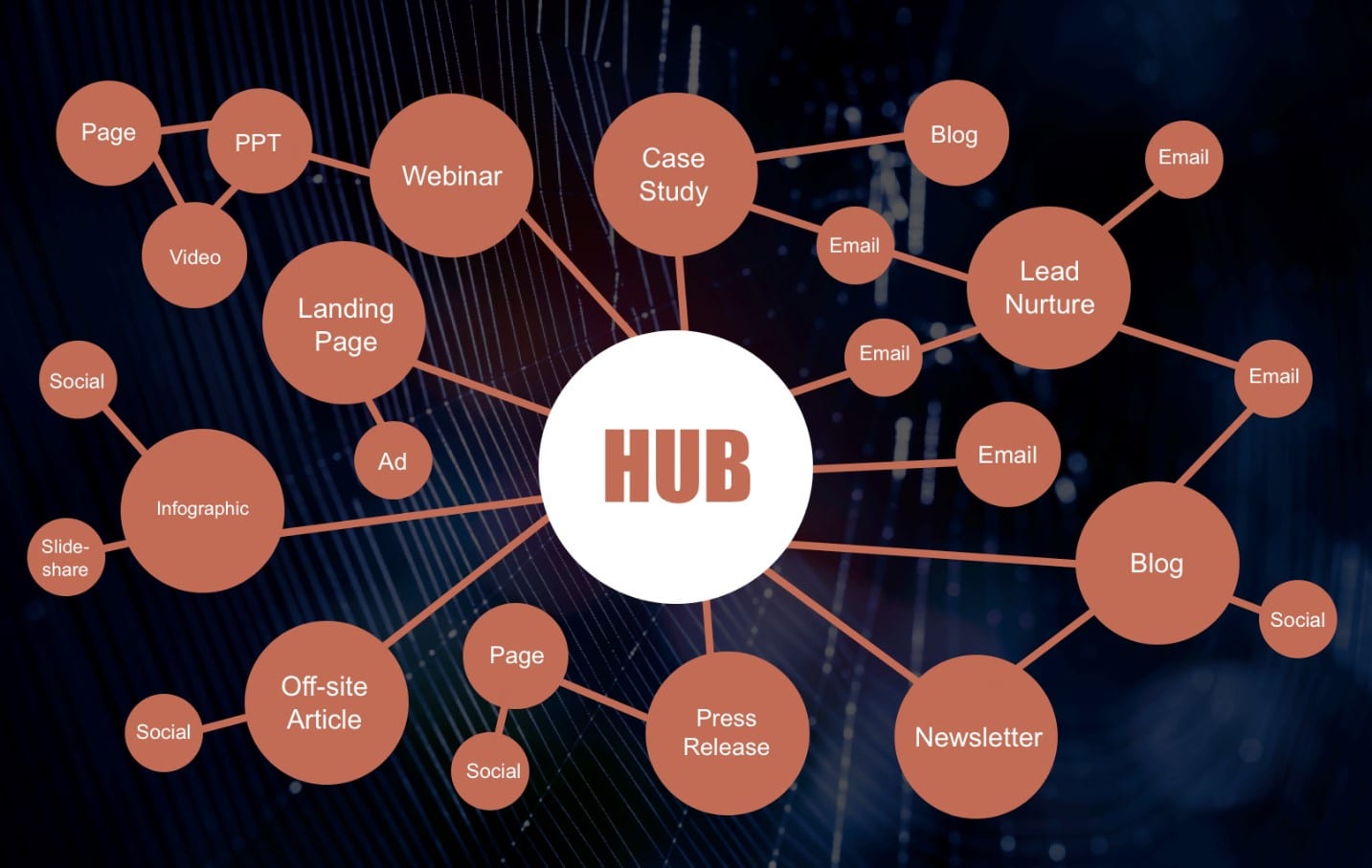
What is the hub-and-spoke model? The hub-and-spoke model is a system used in transportation and logistics where a central hub connects to various spokes, like a wheel. This model helps streamline operations, reduce costs, and improve efficiency. Airlines, for example, use this model to route flights through major airports (hubs) before reaching smaller destinations (spokes). This setup allows for more frequent flights and better resource management. In business, companies use it to centralize operations, making it easier to manage and distribute products or services. Understanding this model can help you grasp how many industries optimize their networks for better performance.
What is the Hub-and-Spoke Model?
The hub-and-spoke model is a system used in various industries to streamline operations. It centralizes resources at a hub, with spokes extending out to different locations or points. This model is prevalent in transportation, logistics, and even healthcare.
- The hub-and-spoke model was first popularized by the airline industry to optimize flight routes and reduce costs.
- In logistics, this model helps companies manage inventory more efficiently by centralizing storage at a hub.
- Healthcare systems use the hub-and-spoke model to provide specialized care at central hospitals, with smaller clinics acting as spokes.
- The model can improve customer service by reducing delivery times and increasing the availability of products.
- It allows for better resource allocation, ensuring that high-demand areas receive necessary supplies quickly.
Benefits of the Hub-and-Spoke Model
This model offers numerous advantages, making it a preferred choice for many organizations. Here are some key benefits:
- Cost savings are significant, as the model reduces the need for multiple warehouses or distribution centers.
- It simplifies logistics, making it easier to manage and track shipments.
- The model enhances scalability, allowing businesses to expand operations without significant infrastructure changes.
- It improves efficiency by centralizing operations, reducing redundancy.
- The hub-and-spoke model can lead to better data collection and analysis, aiding in decision-making processes.
Challenges of the Hub-and-Spoke Model
Despite its benefits, the hub-and-spoke model is not without challenges. Understanding these can help in better implementation.
- The central hub can become a bottleneck if not managed properly, leading to delays.
- High initial setup costs can be a barrier for smaller businesses.
- Dependence on a single hub increases vulnerability to disruptions, such as natural disasters or technical failures.
- The model requires robust technology and infrastructure to function effectively.
- It can lead to longer travel times for spokes located far from the hub.
Real-World Applications of the Hub-and-Spoke Model
This model is used in various sectors, each adapting it to meet specific needs. Here are some real-world applications:
- In public transportation, buses and trains often use a hub-and-spoke system to connect suburban areas to city centers.
- Retail chains use this model to manage inventory and streamline distribution to multiple store locations.
- Tech companies use centralized data centers (hubs) to manage and distribute digital content to users (spokes).
- The postal service uses hub-and-spoke logistics to sort and deliver mail efficiently.
- In telecommunications, central switching hubs connect various local networks, ensuring seamless communication.
The hub-and-spoke model continues to evolve, adapting to new challenges and opportunities in different industries.
The Hub-And-Spoke Model: A Game Changer
The hub-and-spoke model has revolutionized how businesses and transportation networks operate. By centralizing operations in a hub, companies can streamline processes, reduce costs, and improve efficiency. This model isn't just for airlines; it's used in logistics, retail, and even healthcare. The hub acts as a central point where resources are concentrated, while the spokes connect to various destinations, ensuring a smooth flow of goods and services.
Adopting this model can lead to significant benefits, including better resource allocation, improved customer service, and enhanced scalability. It's a strategic approach that helps organizations adapt to changing market demands and stay competitive. Whether you're running a small business or a large corporation, understanding and implementing the hub-and-spoke model can be a game changer. Embrace this innovative strategy to optimize your operations and drive success.
Was this page helpful?
Our commitment to delivering trustworthy and engaging content is at the heart of what we do. Each fact on our site is contributed by real users like you, bringing a wealth of diverse insights and information. To ensure the highest standards of accuracy and reliability, our dedicated editors meticulously review each submission. This process guarantees that the facts we share are not only fascinating but also credible. Trust in our commitment to quality and authenticity as you explore and learn with us.


